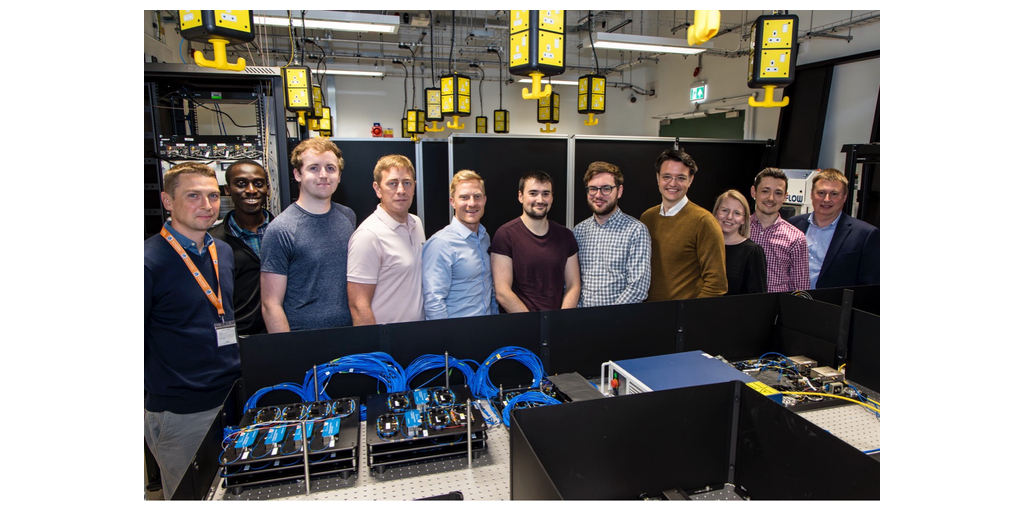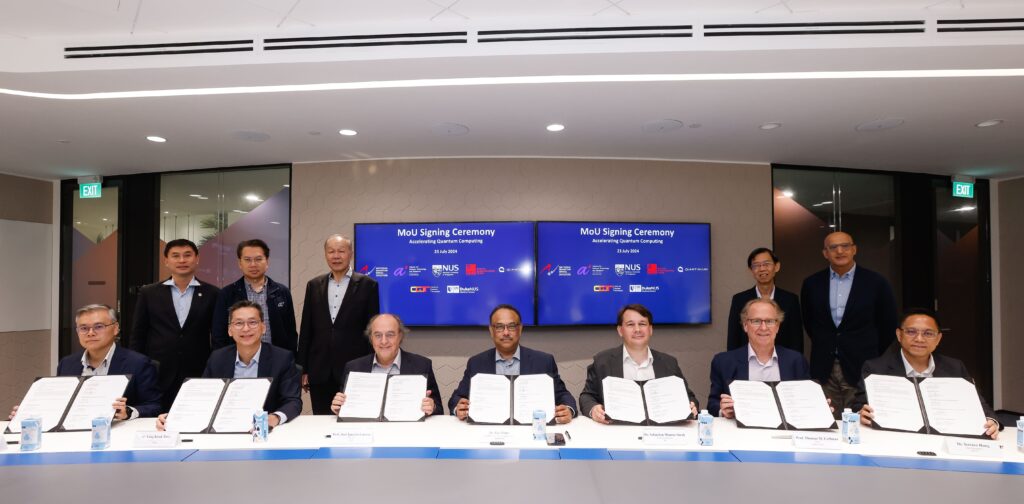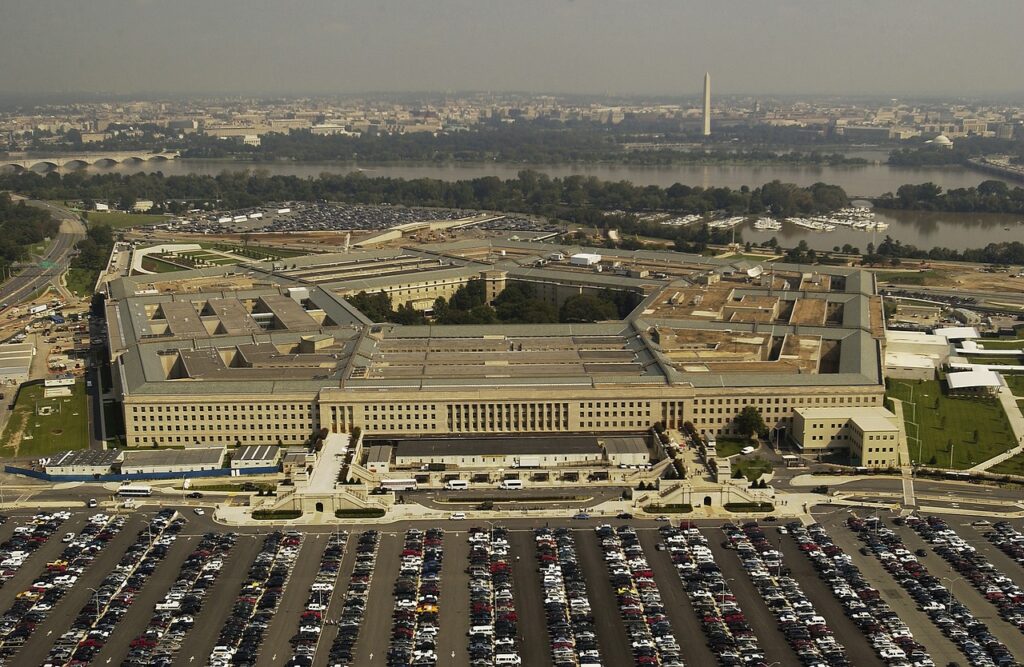Insider Brief
- Researchers report that various quantum theory extensions are considered non-physical when tested against the principle of non-trivial communication complexity.
- The team uses an array of nonlocal boxes, which are theoretical devices used to illustrate certain aspects of quantum entanglement and nonlocality, to symbolize the theoretical extensions.
- Ultimately, the scientists say the research opens the door to progress in quantum information science and deepens our understanding of quantum entanglement phenomena.
PRESS RELEASE — A recent study, entitled Extending the Known Region of Nonlocal Boxes that Collapse Communication Complexity and published in Physical Review Letters (PRL), discloses that various theoretical quantum theory extensions are considered non-physical when tested against the principle of non-trivial communication complexity. These quantum theory extensions can be symbolized by an array of nonlocal boxes, which are theoretical devices used to illustrate certain aspects of quantum entanglement and nonlocality. The study was conducted by Anne Broadbent, a full professor and research chair at the University of Ottawa’s Department of Mathematics and Statistics, along with Pierre Botteron, a PhD candidate from University of Toulouse, France, who is also a visiting student researcher at the University of Ottawa, and Marc-Olivier Proulx, an MSc alumnus of the Department of Physics at the University of Ottawa.
The principles of quantum mechanics have traditionally been the go-to framework for understanding particle behaviour and quantum entanglement. However, Tsirelson’s bound — a quantum physics concept that deals with correlations between distant particles — and its imposed restrictions have led scientists to question whether a broader theory is possible. This has given rise to nonlocal boxes, which are theoretical expansions of quantum theory, as a means to explore a more holistic depiction of the universe. This research centres on using non-trivial communication complexity to gauge the feasibility of nonlocal boxes.
“Our research enhances our comprehension of the constraints and borders of quantum theory extensions and provides insight into the enigmas of quantum entanglement,” says Professor Broadbent.
Quantum entanglement, a captivating phenomenon described by quantum mechanics, has garnered significant attention in the scientific community. The 2022 Nobel Prize was awarded to Aspect, Clauser, and Zeilinger for their groundbreaking experiments with entangled photons, revealing the violation of Bell inequalities and pioneering quantum information science. Despite the power of quantum mechanics, the existence of Tsirelson’s bound raises the question of whether a more comprehensive theory exists to accurately describe the natural world. This study investigates nonlocal boxes as potential generalizations of quantum mechanics, aiming to determine their physical realizability.

The research began in 2018 with Marc-Olivier Proulx’s MSc thesis, which he conducted under the supervision of Professor Anne Broadbent at the University of Ottawa and under the co-supervision of the late Professor David Poulin of the Université de Sherbrooke. Building upon this work, Pierre Botteron, a PhD student under Professor Broadbent, collaborated with Proulx to further explore the realm of nonlocal boxes and the postulate of non-trivial communication complexity. The investigation involved theoretical analysis and rigorous mathematical modeling based on established frameworks and principles of quantum mechanics.
“Our study reveals that numerous theoretical generalizations of quantum theory, represented by different families of nonlocal boxes, are deemed non-physical when subjected to the postulate of non-trivial communication complexity. These findings expand the understanding of the limitations faced in generalizing quantum mechanics and provide valuable insights into the nature of quantum entanglement,” explains Professor Broadbent.
Exploring nonlocal boxes as a generalization of quantum mechanics has enhanced our grasp of quantum theory limits. By probing the non-trivial communication complexity postulate, uOttawa’s scientists have discovered a wider array of generalizations dismissed as non-physical. This research opens the door to progress in quantum information science and deepens our understanding of quantum entanglement phenomena.
If you found this article to be informative, you can explore more current quantum news here, exclusives, interviews, and podcasts.




















